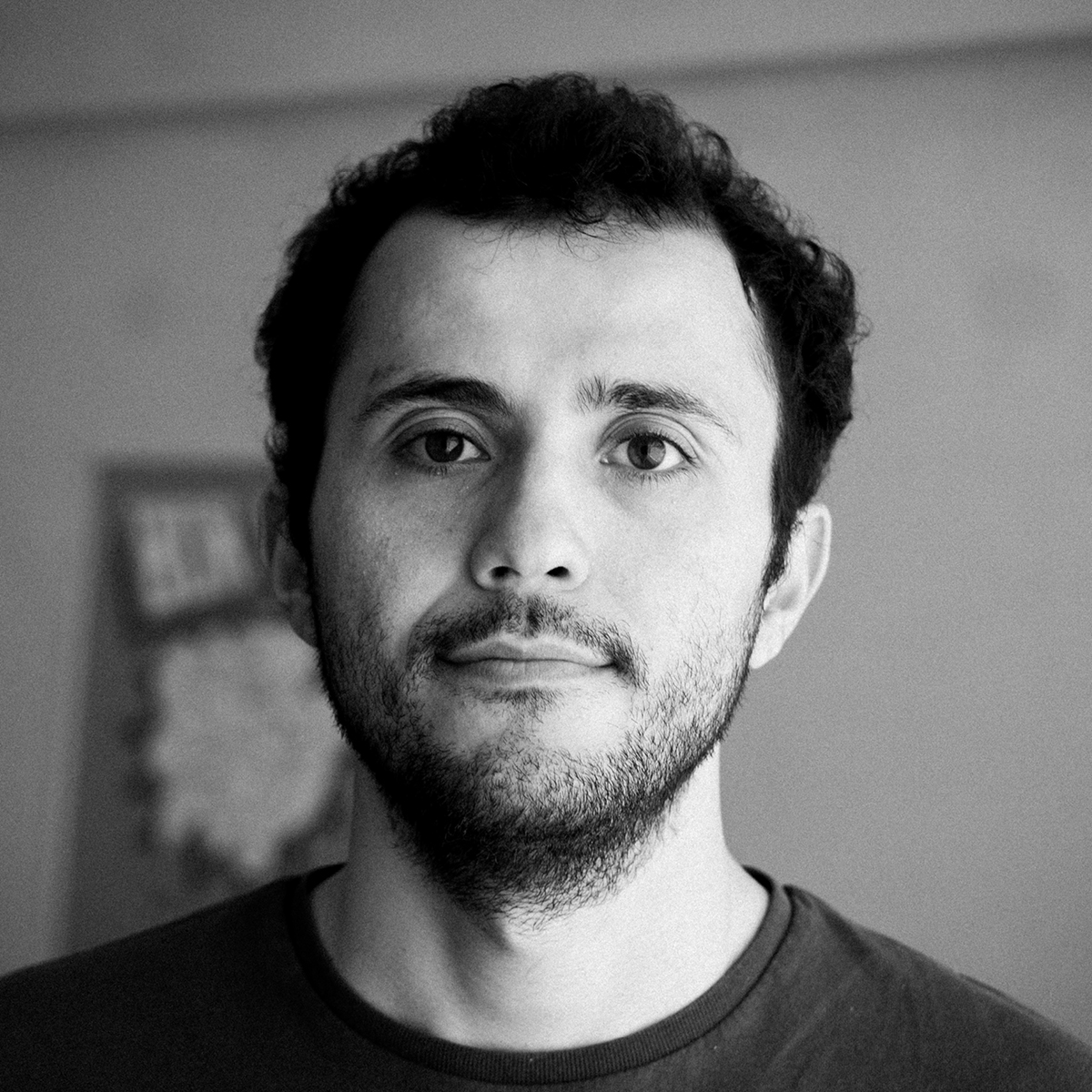205 Corp.
24, rue Commandant-Faurax
69006 Lyon
France
T. 33 (0)4 37 47 85 69
M. contact@205.tf
Newsletter

How did you get involved with typeface design? What led you to this practice?
When I began my undergraduate education, I had very little knowledge of typography and type design, but somehow the things I liked and produced were always typography-driven works. The other branches of graphic design did not work for me. When I figured out that type design was an entirely separate discipline, I wanted to focus on it completely. I even made my first proper typeface as part of my degree project.
In general, I like to do the work by myself over a long period of time. The more time that I spend working in this style, the more I value and enjoy the craftsmanship. In addition to aesthetic and craft issues, it has always been extremely interesting for me to produce a mechanical or digital tool, to create a system. I can say that my inner desire to appreciate these phenomena led me to this practice and strengthened my focus.
What influences you? Are there type designers whose work you appreciate in particular?
Like everyone else, everything around me has a greater or lesser influence on me. I think the strongest ones are mechanical and electronic gadgets, birds, humor, political events, personal restrictions, and class struggle.
In my first professional type design work, I learned many things from Onur Yazıcıgil that I still use. As technology has a very big place in the way I work, it is impossible not to mention Zuzana Licko, one of the pioneers of the transition to the digital age. My head still explodes when I look at her work. James Edmonson definitely entered my list of living legends straight at the top. I can feel how he is having fun in his work, and I can also feel the craft required by the discipline of type design. Toshi Omagari’s approach to problems and his strong relationship with different scripts also impress me greatly. Also, Inga Plönings’ contemporary connection and interpretation of the history of typography. Lastly, I’ve learned a lot from Greg Gazdowicz’s ability to conceptualize the project with his super-sharp eyes and his modesty. I could easily add hundreds more names to this list…
In your opinion, what is the point of creating a new typeface when so many already exist?
Frankly, in my opinion, there is no need to clarify the point of producing new typefaces, just as there is no strong excuse needed to produce a new t-shirt. Since we need letters to communicate, and considering that our interaction with languages will continue to change as we live, it is fun to look for new forms and problems.
Is it really possible to create something new in the field of type design?
I don’t think that whatever I design or produce is new, but what I try to find in my work is whether it carries solutions to the problems I create.
How do you begin work on a new typeface? Do you have a particular process?
I think my process of starting a new font is a bit messy. Sometimes I pick letter sketches I draw when I’m bored, sometimes I try to develop the inspiration I get from the street or a book by considering it in digital media. Occasionally, instead of extracting ideas from sketches I develop projects based on my different notes. It’s like creating my own “typecooker” and then drawing letters. I usually switch quickly to the digital environment.
What is your relationship with the history of typography? What is your relationship with technology?
I am not very proficient when it comes to the history of typography, there is definitely a lot I want to learn. I’ve been finding time for it lately and learning a lot.
I kind of have a love-hate relationship with technology. I don’t like to be too present or overly available on digital platforms, but I love to work digitally and employ technological equipment and developments. I really admire the engineering aspect of technology and I enjoy trying to make my own hardware.
Why have you chosen to distribute your typefaces with 205TF?
The idea of being included in the library of a type foundry that I have been following and admiring for a long time was very exciting for me. Being involved with Seamus as part of such a well-crafted and beautiful collection has a special emotional value for me on a personal level.
What type design project are you currently working on?
I have continued to develop what I did in my master project, turning it into something new. It’s a versatile monospace type family. For now, I’m working on that while continuing to pursue my studies.
Fonts
by İbrahim Kaçtıoğlu